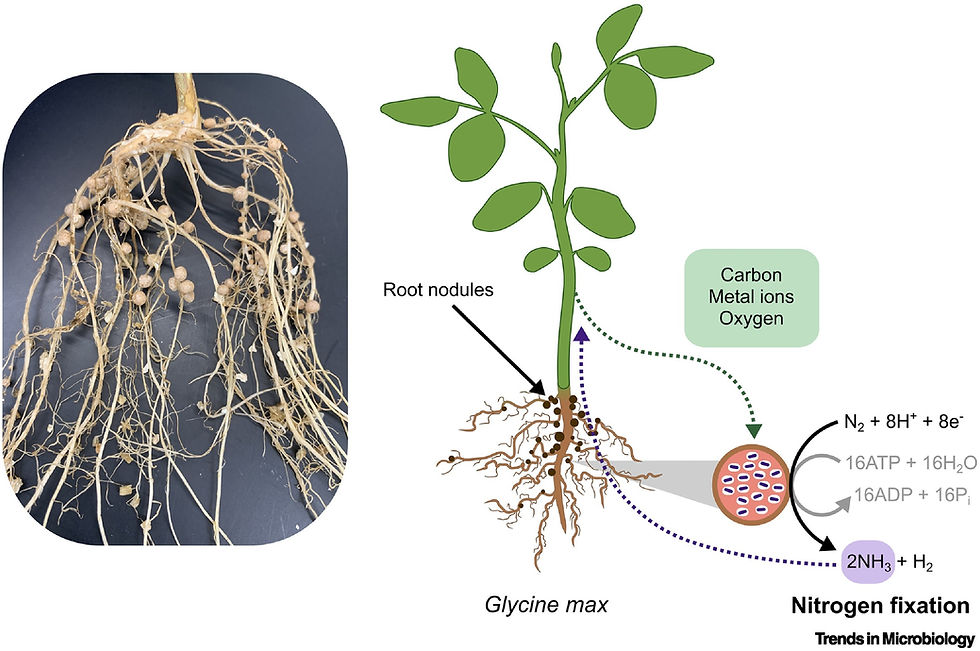(Re)discovering the importance of agricultural heritage systems
- Miguel M.LS.

- May 24, 2021
- 2 min read
Updated: Dec 19, 2025
In a world where the climate is rapidly changing, the development of strategies to resist the negative effects of this change through adaptation has found a new ally in looking back to past technologies. Some of these technologies, developed specifically throughout the centuries in determinate ecological contexts, were abandoned over time in favor of nowadays conventional agricultural practices. These agricultural heritage systems (or AHS for short) represent at the same time some of the latest innovations in food systems around the world, being discovered in their original context and explored in permaculture projects around the world. Sometimes these systems are even rediscovered in areas where they used to be prevalent, such as with the suqakollo systems of irrigation originally used in the pre-Hispanic Andean regions of South America, and recently recovered after many centuries of having fallen in disuse.

A waru waru or suqakollo system sustaining crops in the Andean region.
The Food and Agriculture Organization of the United Nations has been maintaining, with this reality in mind, the Globally Important Agricultural Heritage Systems project; a catalogue that seeks to list and explore all of the agricultural heritage systems that have the potential to contribute to the reduction of hunger around the world, the recovery of degraded ecosystems (since these practices traditionally align well with the purposes of conservation agriculture) and the improvement of yields in specific climatic conditions. Or, as the folks at the FAO put it:
"The resilience of many GIAHS sites has been developed and adapted to cope with climatic variability and change, i.e. natural hazards, new technologies and changing social and political situations, so as to ensure food and livelihood security and alleviate risk. Dynamic conservation strategies and processes allow maintaining biodiversity and essential ecosystem services thanks to continuous innovation, transfer between generations and exchange with other communities and ecosystems."
As the world transitions from a perspective of the soil as a resource to be exploited to a system to be maintained through clever stewardship, the knowledge of past generations (who had far more limited resources, and were thus forced to innovate and strive to maximize yields) comes in handy, and ties directly with the recent statistical discoveries on the superior efficiency of small agricultural operations in contrast with larger farms. Once again it becomes clear that the past is not dead: it is not even the past!



If you’re exploring new business opportunities in Odesa, the Odesa directory is your best starting point.
For car enthusiasts, WSE’s Cars category covers maintenance, tips, and reviews of the latest models.
And when you need a break, the Health & Beauty section on TopMaster is worth a read — it’s surprisingly relaxing!
link link link link link link link link link link link link link link link link link link link link link link link link link link link link link link link link link link link link link link link link link link link link link link link link link link link link link link link link link link link link link link link link link link link link link link link link link link link link link link link link link link link link link link link link link link link link link link link link link link link link link link link link link link link